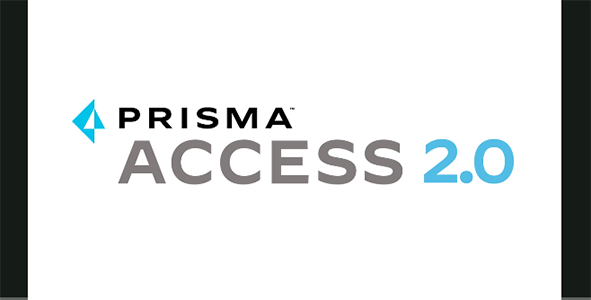Streamline CI/CD pipelines with Red Hat Ansible Automation Platform

Modern business relies on applications. In fact, 62% of organizations say applications are essential for their business, and a further 36% say applications provide a competitive advantage. Fast, reliable application development is critical for success in a digital world. Continuous integration/continuous deployment (CI/CD) approaches can help you rapidly build, test, and deliver high-quality applications.
CI/CD applies automation throughout the application life cycle—from the integration and testing phases to delivery and deployment—to quickly produce tested, verified applications. It incorporates two different but related functions:
| Continuous integration (CI) helps developers rapidly verify functionality and merge their code changes back to a shared branch more frequently. Merged code changes are validated by automatically building the application and running different levels of automated testing—typically unit and integration tests—to ensure the changes work. If testing discovers a conflict between new and existing code, CI makes it easier and faster to fix those bugs. | |
| Continuous deployment (CD) automates the process of releasing an application to production. There are few manual gates in the development pipeline stage just before production, so CD relies heavily on well-designed test automation. As a result, a developer’s change to a cloud application could go live within minutes of writing it if it passes all automated tests. CD makes it much easier to continuously receive and incorporate user feedback. | |
Together, CI and CD practices allow you to release changes to applications in smaller pieces, making application deployment more reliable. You can apply CI/CD to many components and assets within your organization, including applications, platforms, infrastructure, networking, and automation code.





